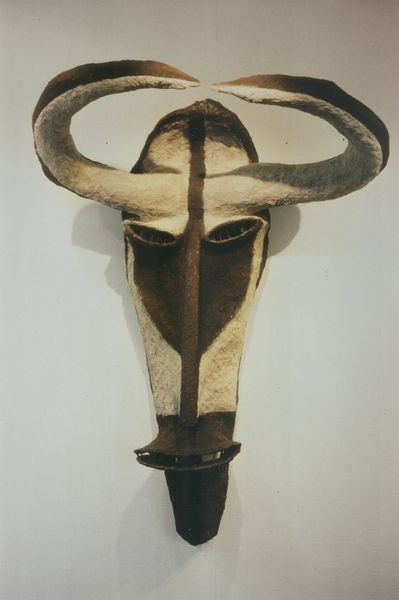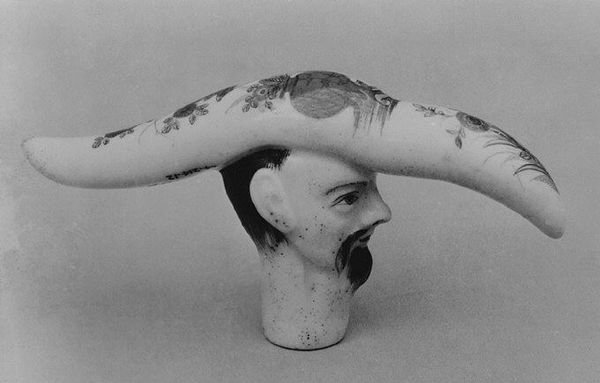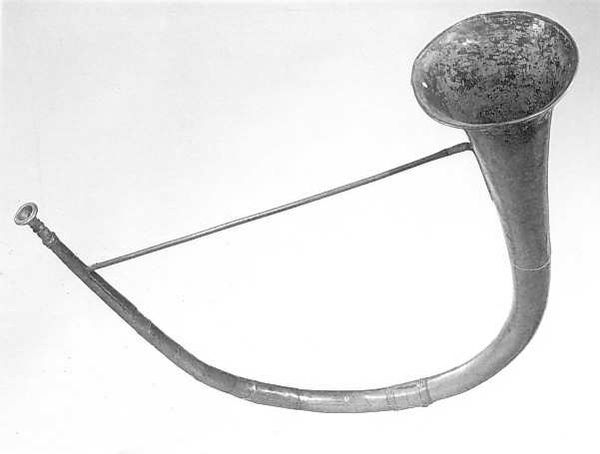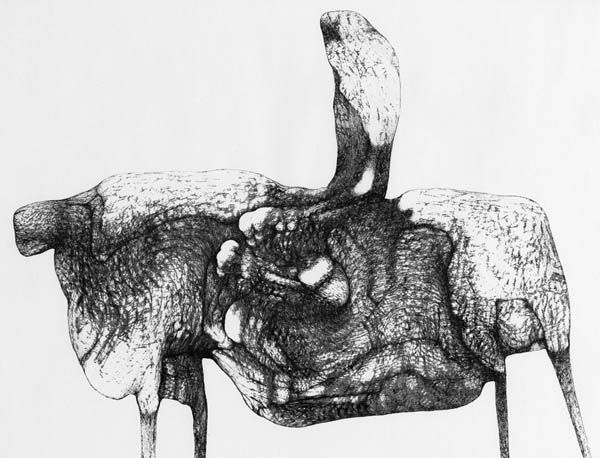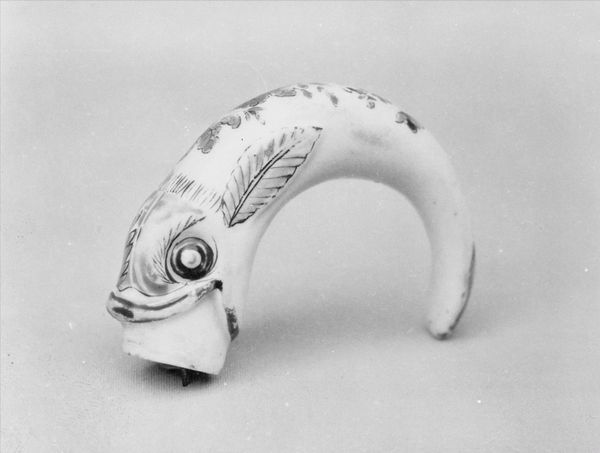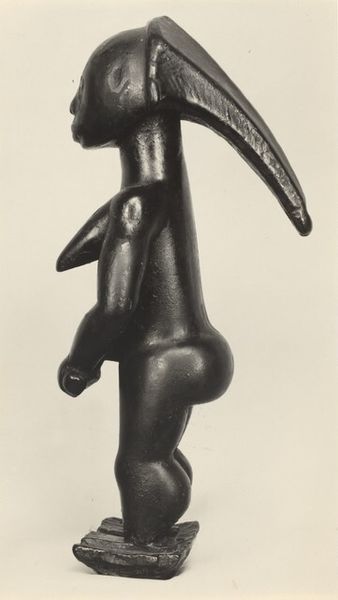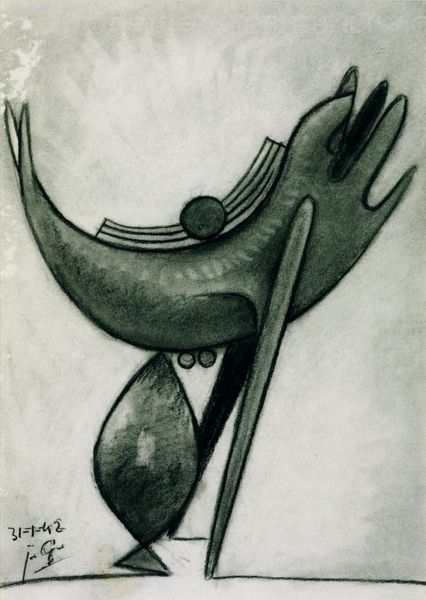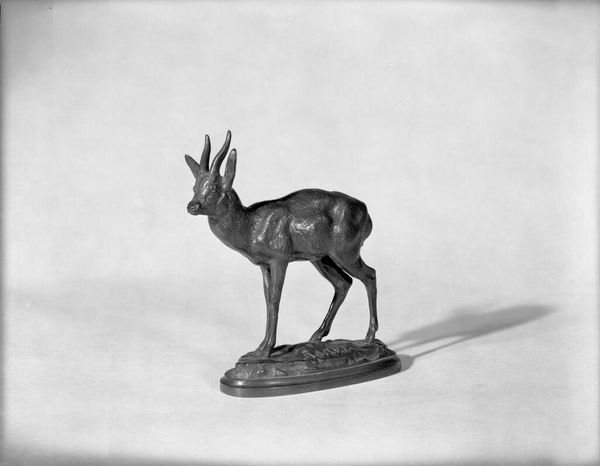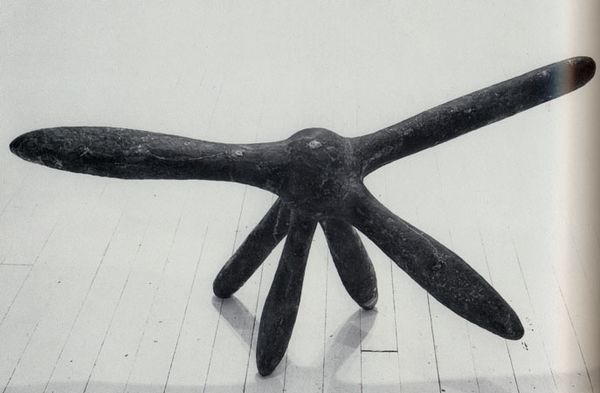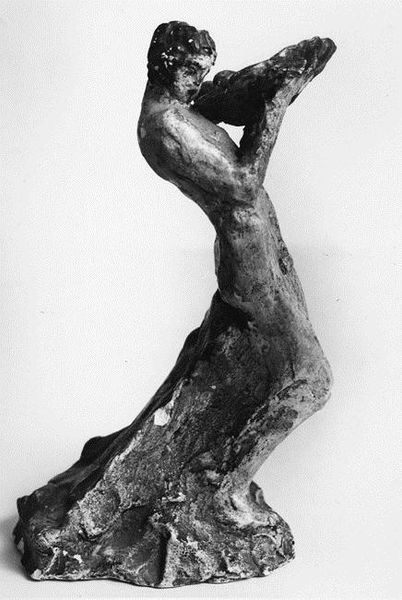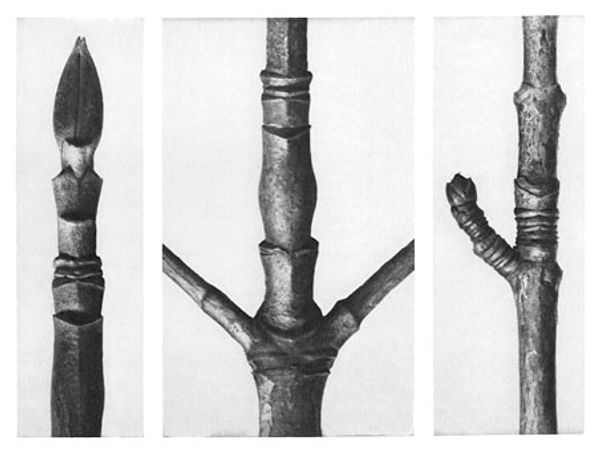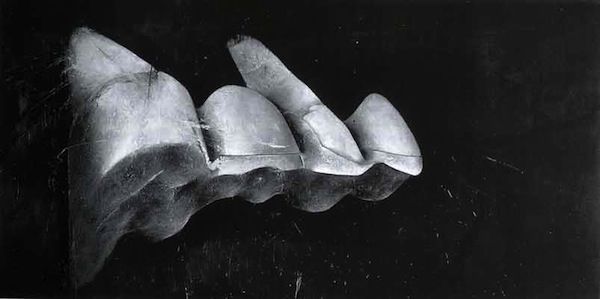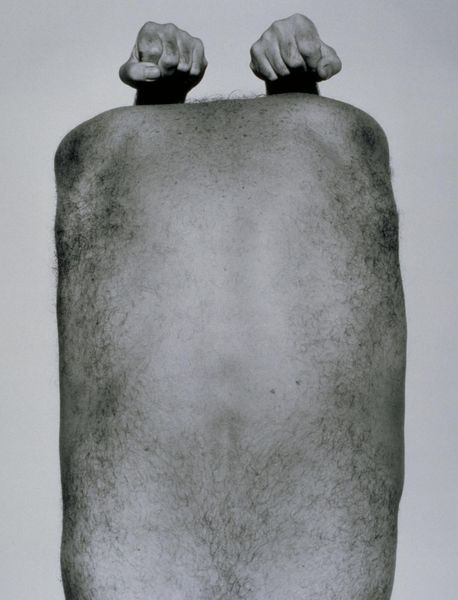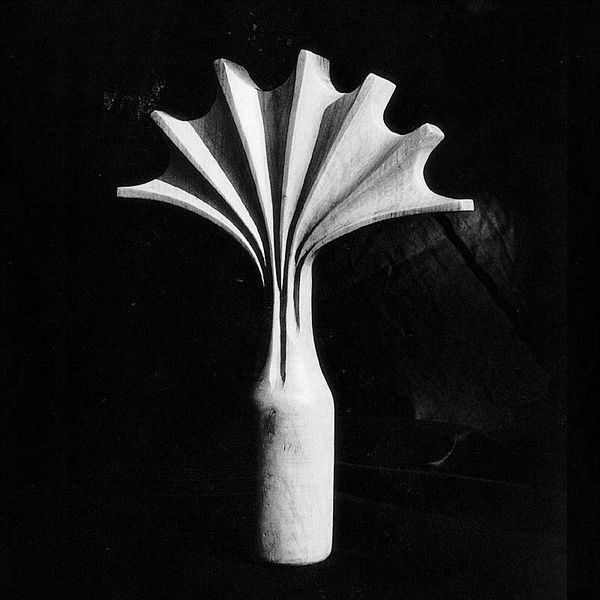
assemblage, found-object, readymade, photography, sculpture
#
still-life
#
cubism
#
assemblage
#
sculpture
#
found-object
#
readymade
#
photography
#
black and white theme
#
sculpture
#
black and white
#
monochrome
#
modernism
Dimensions: 33.5 x 43.5 cm
Copyright: Pablo Picasso,Fair Use
Curator: Picasso’s "Bull's Head," conceived in 1942, stands as a powerful example of modern assemblage. Using a bicycle seat and handlebars, Picasso transforms mundane objects into something visceral and unexpectedly moving. It’s currently held at the Musée Picasso in Paris. Editor: I know it's meant to be a bull, but gosh, it also looks kind of sad, doesn't it? Like a broken robot dog yearning for the junkyard. I'm probably way off base but that's my knee-jerk response. Curator: Not at all. Your read speaks to the very nature of found object art. By extracting these objects from their intended context, the artwork opens itself to multiple interpretations. During World War II, when Picasso created this, the bull was often interpreted as a symbol of Spanish strength and resilience amidst immense socio-political upheaval, which is an idea I adhere to. Editor: Oh, I get that. Now that you mention it. The shadow cast definitely gives it a menacing vibe. The genius part, I think, is how simply it’s done. Bicycle parts! Who’d have thought they could become a raging bull, or this beautiful, sorrowful mechanical dog? Curator: Exactly! The simplicity belies the depth. The work engages with core modernist ideas. One can see how traditional art categories can be challenged and overturned using accessible, everyday materials. Editor: I bet someone, somewhere, tried riding it. Imagine cruising down the street with this… this monument to repurposed beauty. Maybe I need to try building one. Although, I fear I might get carried away with superfluous objects that may take away from it. Curator: It’s tempting to over-intellectualize the artwork, but as the man said himself, "If it were possible to show exactly what is inside, there would be no art.” It exists simultaneously as the thing itself, and the thing it represents, making meaning ever fluid. Editor: Thanks, that helps ground it. Art that invites action, demands attention—even when that action is just taking another, longer look. It has been quite enlightening. Curator: Precisely, that re-contextualization is critical to understanding its continuing relevance and appeal.
Comments
No comments
Be the first to comment and join the conversation on the ultimate creative platform.
